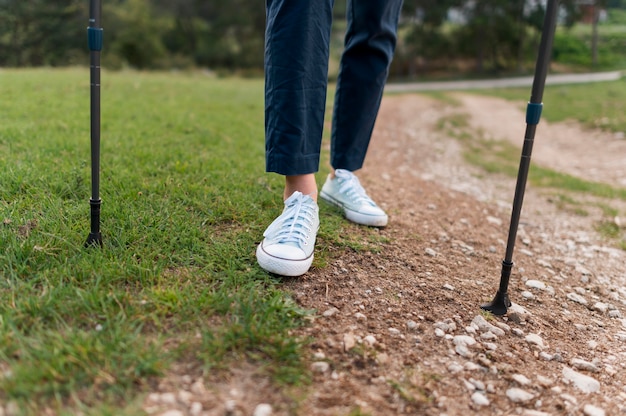Sitting too much? You're not alone. Modern life keeps us glued to desks, screens, and commutes. But mounting scientific evidence shows that consistent, low-intensity movement—like walking—can dramatically improve heart health, mood, energy, and longevity. The good news? You don’t need a gym membership, special shoes, or hours of free time.
Enter the 30-Day Step Challenge: a realistic, science-backed plan designed to help you gradually increase your daily steps—no matter how packed your schedule is. This isn’t about hitting 10,000 steps overnight. It’s about building sustainable habits using micro-walks, behavioral cues, and smart scheduling.
The idea of walking 10,000 steps a day originated from a 1960s Japanese pedometer marketing campaign—not science. However, modern research confirms that increasing your daily step count, regardless of the exact number, leads to real health benefits.
A 2020 meta-analysis published in JAMA Internal Medicine found that each additional 1,000 steps per day was linked to a 15% lower risk of all-cause mortality. Another study showed that adults who walked 7,000–8,000 steps daily had a significantly lower risk of cardiovascular disease compared to those taking fewer than 5,000.
But here’s the key insight: frequency and consistency matter more than peak performance. Short, frequent walks throughout the day—called micro-walks—can be as effective as one long walk for improving blood sugar control, reducing sedentary fatigue, and boosting mental clarity.

This plan uses gradual progression and behavioral psychology to help you succeed. Each week focuses on a new target, with built-in flexibility for real life.
Start by tracking your current average step count for 3–5 days (use your phone or any basic pedometer). Once you have a baseline, add 500 steps per day.
Introduce three 5-minute walks into your day—at work, after lunch, or during phone calls.
Pair walking with existing habits—this is called “habit stacking.”
By now, walking should feel natural. Aim to sustain your new step goal.

You don’t need fancy gear. A smartphone with a step tracker (like Apple Health or Google Fit) is enough. Wear comfortable shoes—no need to buy new ones unless yours are worn out.
If you want a dedicated pedometer, basic models cost under $20 and require no smartphone. The goal is accessibility, not tech overload.
Busy schedule? Break walks into 2–5 minute chunks. Even 100 steps at a time adds up.
Bad weather? Walk indoors—malls, grocery stores, or even around your home or office.
No motivation? Pair walking with something enjoyable—audiobooks, music, or calling a friend.
Physical limitations? Focus on movement, not speed. Chair-based stretches or slow pacing still count toward reducing sedentary time.
Use a simple journal, app, or calendar to log daily steps. Celebrate small wins—like hitting your target 5 days in a row.
Remember: the goal isn’t perfection. Miss a day? Just restart the next. The science shows that long-term consistency—not daily maxes—is what drives lasting health benefits.
Walking is one of the most accessible, low-risk, and scientifically supported ways to improve health. The 30-Day Step Challenge meets you where you are—no extreme changes, no expensive gear, no rigid routines.
By focusing on small, frequent movements and integrating walking into daily life, you build resilience, energy, and long-term well-being. Start today. Take one extra step. Then another. That’s how real change begins.

Fitness

Fitness

Fitness

Fitness

Wellness

Wellness

Wellness

Wellness

Fitness

Fitness

Wellness

Wellness

Health

Fitness

Health

Health